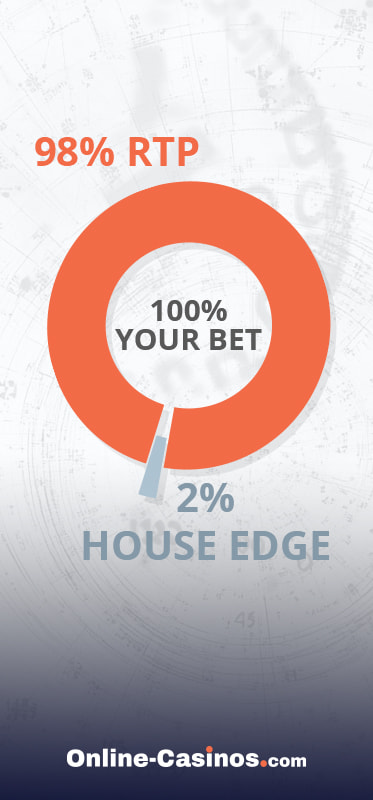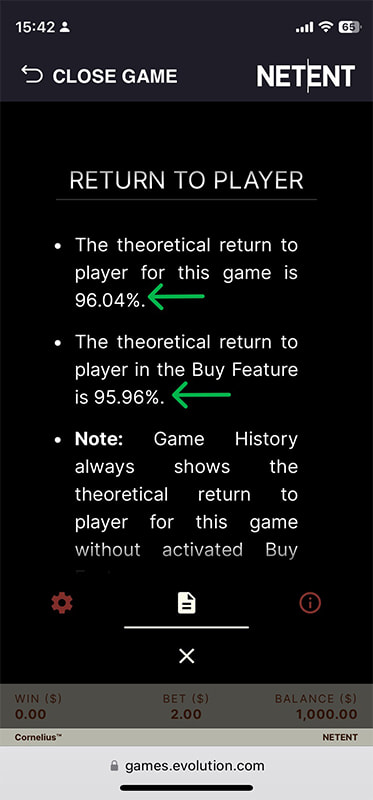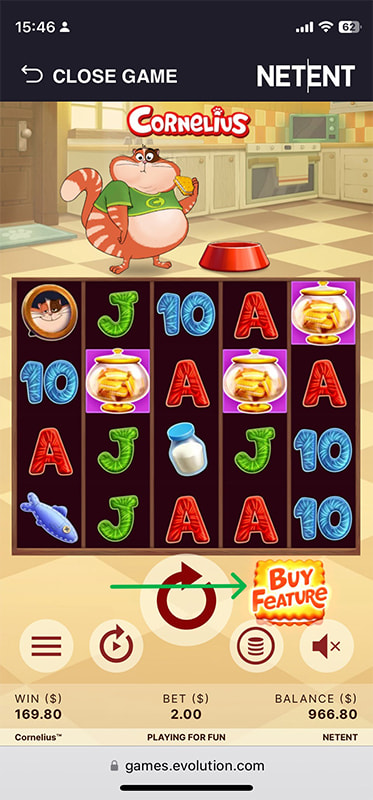1. What Is RTP?
Return to Player, or RTP in gambling, is a theoretical percentage showing how much a game returns to players over time. Calculated across millions of spins, it guides expectations, although individual sessions may vary.
2. How Is RTP Calculated?
If you’ve ever questioned, “How does RTP work in gambling, and how is it calculated?” the UKGC offers a comprehensive guide on How to Calculate Return to Player. The basic formula involves dividing total winnings by total bets.

3. Theoretical RTP vs. Actual RTP
So, there’s theoretical RTP, meaning the average payout calculated from millions of spins. Then there’s your actual RTP in a single session, which can be wildly different due to luck and game variance, which we’ve explained later.
4. What’s a Good RTP Percentage?
The notion of a “good” RTP percentage varies depending on the game, but here’s a general guide: aim for higher RTPs when possible. For instance, steer clear of slots with an RTP of 85%, as that’s quite low.
| Casino Game | Optimal RTP Range |
|---|---|
| Slots | 92% – 98% |
| Progressive Jackpot (PJP) Slots | 85% – 94% |
| Blackjack | 98% – 99.5% |
| European Roulette | 97.3% (fixed due to its single-zero wheel) |
| American Roulette | 94.7% (fixed due to an additional 00 pocket) |
| French Roulette | 97.30% (Inside bets) – 98.65% (Even money bets) |
| Baccarat | 85% (Tie bets) – 98.94% (Banker bets) |
| Craps | 90% (other bets) – 98.64% (Pass/Come bets) |
| Video Poker | 95% – 99% |
If a game’s RTP looks unusually low, be sure to verify it against the official stats, to make sure you are playing on the real version and not a counterfeit casino game.
5. Bonus Rounds Come with a Different RTP
Did you know that bonus rounds in many casino games have their own RTP? That’s right, the return to player percentage can change during these special features, so manage your expectations accordingly.
6. Progressive Jackpots: Why the RTP Is Lower
Ever wonder why progressive jackpot slots have lower RTP? That’s primarily because a portion of each bet contributes to the growing progressive jackpot, leaving less money available for regular payouts.
| Slot Game | Total RTP | Base Game RTP | Progressive Jackpot Contribution |
|---|---|---|---|
| Mega Moolah | 96.67% | 88.12% | 8.80% |
| Mega Fortune | 96.60% | 89.21% | 7.39% |
| Fishin’ Frenzy Jackpot | 95.64% | 93.32% | 2.32% |
| Hall of Gods | 95.30% | 89.40% | 5.90% |
| Divine Fortune | 96.59% | 92.52% | 4.07% |
7. RTP vs. House Edge
RTP represents the percentage of wagers returned to players, while the house edge is the casino’s profit margin. Together, they add up to 100%, balancing player returns and casino earnings.

8. Does High RTP Guarantee Wins?
Not so fast! A high RTP indicates a greater return to players over many plays. It doesn’t guarantee individual wins – short-term results are still subject to chance.
It is also important to know that some casino games use Random Number Generators (RNG), which are algorithms used to ensure fair and unpredictable outcomes in gameplay and are impossible to outsmart.
9. The RTP of a Game Is Static
RTP is set in stone as it’s calculated and tested before launch. Yet, your session’s RTP can vary due to luck and game variance. While the official RTP remains constant, your individual session results will fluctuate.
10. Should RTP Affect Your Strategy?
Higher RTP games can offer better long-term prospects. At the same time, short-term results are influenced by variance, making it essential to balance RTP considerations with an understanding of game dynamics.
“While strategies can’t boost odds in games of chance, choosing online slots can be wiser due to higher RTPs, often ranging from 95% to 98%, compared to 85% to 90% in land-based slots.”
11. How Variance Impacts RTP
Variance affects the frequency and size of wins. Even with a high RTP, high-variance games can be unpredictable, with fewer but larger wins. Low-variance games offer smaller, more frequent wins. Choose games that match your risk tolerance.


